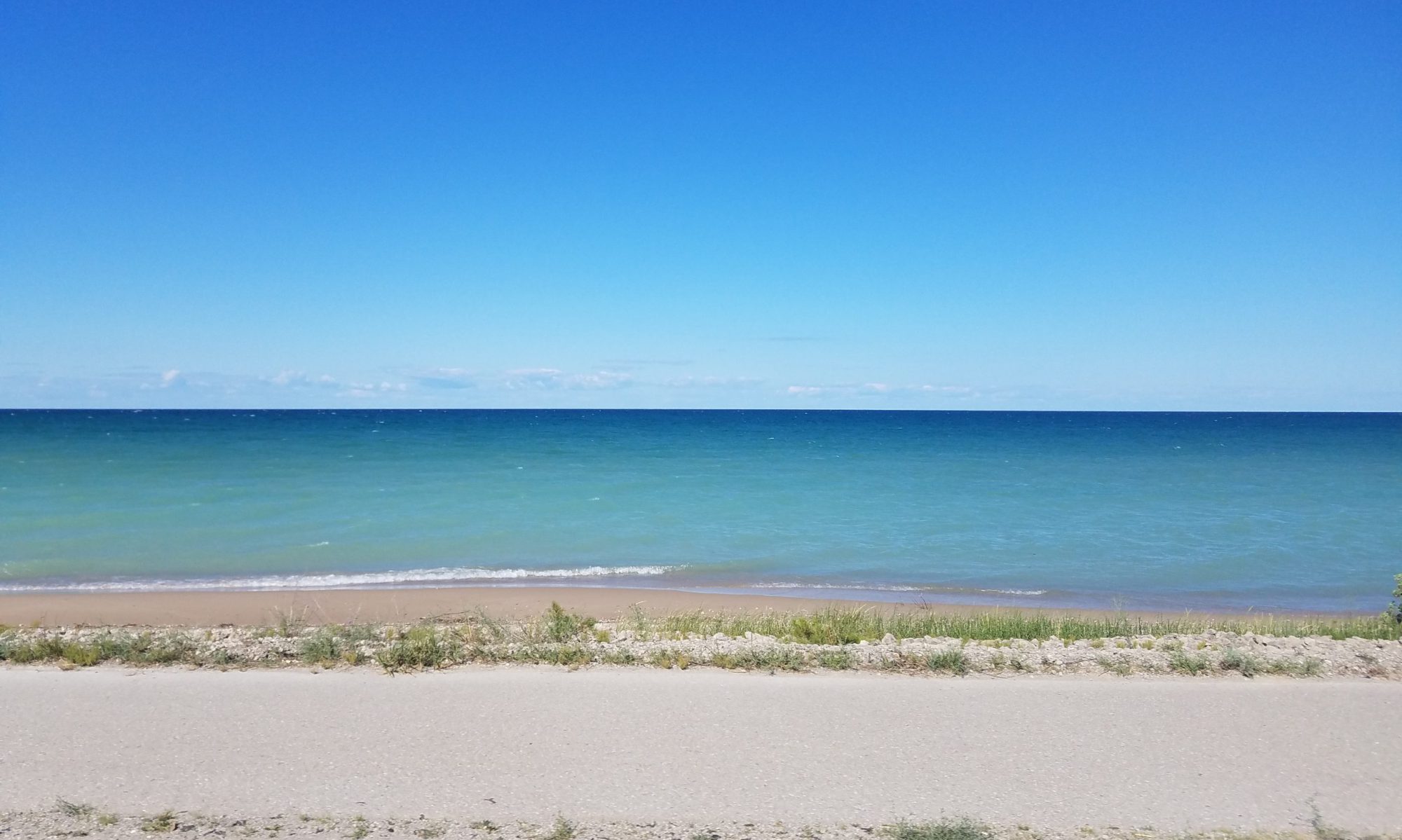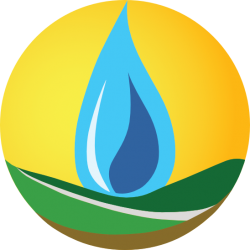Six Word Summary:
Extreme Events Change Nutrient Delivery, Blooms
Furthering steps taken by a past EPA Grant, this project is looking at predicting harmful algal blooms using remote sensing, hydrologic models, and landscape features. With current extreme events, such as droughts and storms, caused by climate change, we want to assess how they will impact both water quality and algal blooms management. Looking into the relationship between extreme events and water quality, we hope to increase the variety of tools at our disposal. This will in turn help us to not only better understand this relationship, but also allow us to have a better knowledge of the impacts on water quality and algal blooms by different extreme events.
Algal blooms are caused by both microbial pathogens and excess nutrients that gather due to increased runoff during storms. Droughts also usually increase water temperatures, calmer weather, and high concentrations of nutrients, leading to algal blooms as well. The blooms can be harmful to both animals and humans, as in the area of quality of drinking water, and they have been estimated to cost the U.S. around 2.2 to 4.6 billion dollars per year in economic damages. Frequency of algal blooms has been increasing along with extreme events, and with such risks to animals, human health, and the economy, we want to look at how various regions and their water qualities will be impacted by extreme events in order to better manage algal blooms.
Three main tasks are associated with this project:
- Look at the history of algal blooms in different hydrological regions and how they have been tied to various extreme events in the past.
- Using models, possible causes of algal blooms by extreme events will be analyzed, as well as what influences climate change will have on algal biomass.
- Draw up statistical models that can be used on a nationwide basis in order to study various management strategies and their effects on possible extreme events’ vulnerabilities.
All this will be done is several ways. As stated above, the history of various lake water quality change and watershed land use will be analyzed through satellite imagery. Using Landsat, images as far back as 1972, and MODIS, along with USGS gaging stations, we can find the history of water quality and the amount of algal biomass in various lakes over a period of time. This project will hone in on four different hydrologic regions: the Lower Peninsula, the High Plains Aquifer, the Kentucky-Oklahoma corridor, and the California mountains and Central Valley. These areas were chosen due to our prediction that there will be large discrepancies among the algal biomasses’ responses to various extreme events. By this, we are trying to better understand how to predict algal blooms, how to better manage algal blooms, and how to better understand the impact of extreme events in various regions.
The PI for this project is Jane Stevenson. The co PIs are David Hyndman, Nathan Moore, and Jiaguo Qi. This project is funded by the EPA and received a grant on December 22, 2011 for $750,000.


